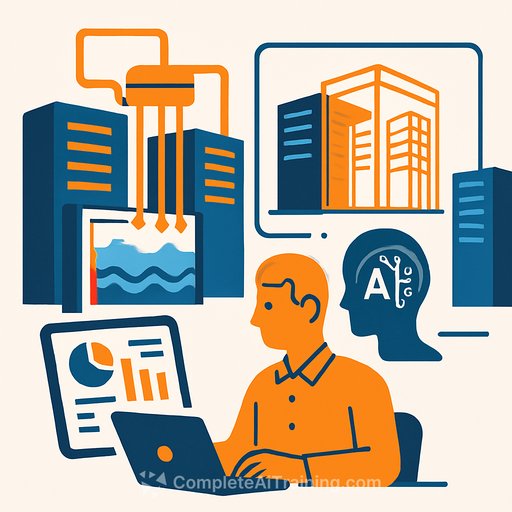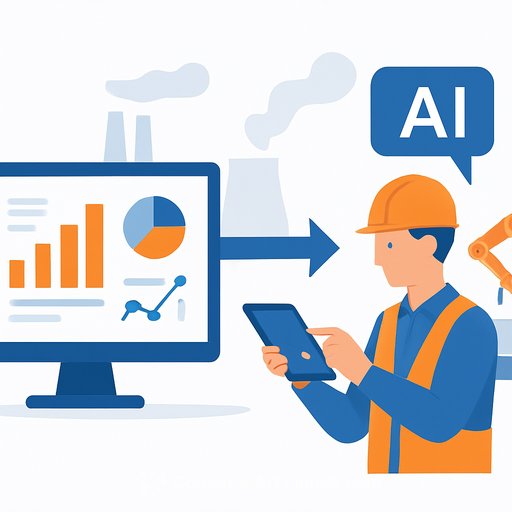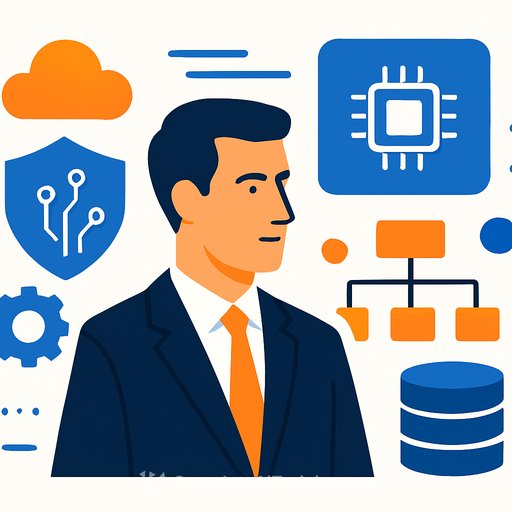AI's Double-Edged Sword: The Future of Sustainable Data Centers
Data centers are the foundation of our information infrastructure. As technology integrates into every part of work and life, their resilience is essential for keeping mission-critical systems active and available.
This need is growing with the wave of new tools, especially AI, entering business operations. With demand increasing and AI capabilities advancing, data centers are expected to consume substantial resources. Without effective management, waste heat can raise surrounding temperatures and increase carbon emissions.
Some studies predict the AI industry could use as much energy as the Netherlands by 2027. By monitoring consumption with data-driven insights, businesses can minimize their environmental impact. Sustainability must be integrated from project conception through to execution.
Data centre infrastructure management (DCIM) software monitors, optimizes, and streamlines operations. It provides real-time insights that support proactive decisions, balancing resilience with environmental responsibility.
Hypergrowth on the Horizon
A projected 40 billion devices will be connected to the IoT by 2030. In the face of this demand, resilient data centers are a strategic imperative, particularly as AI becomes a part of daily business.
Three-quarters of data centers currently face increased pressure from AI-driven demands. Yet, only three-in-ten decision-makers believe they are doing enough to enhance energy efficiency. Data center operators need new ways to manage this surge, ensuring electrical assets are dependable to minimize unplanned downtime.
The Next Generation of Cooling Technologies
AI data center growth must be decoupled from its environmental impact. This requires using low-carbon energy sources, developing flexible and efficient AI-ready designs, and implementing sustainable business practices.
Traditional power and cooling technologies must evolve to support higher-density racks. New approaches are becoming more common:
- Liquid cooling: Directly cools high-power components.
- Software-based cooling optimization: Uses algorithms to adjust cooling dynamically.
- Advanced airflow management: Ensures cool air is distributed evenly, preventing hot spots.
Digital twin integrations allow for real-time thermal simulations to model heat flow. These tools help industries mitigate AI's energy footprint and use AI monitoring for broader decarbonization efforts.
AI: The Problem and The Solution
Artificial intelligence is creating more demand for data center infrastructure. However, it also holds the key to energy efficiency gains when integrated into DCIM software through predictive monitoring and maintenance.
An AI-integrated system collects and analyzes data from thousands of sensors, monitoring variables like temperature, humidity, server loads, and energy use.AI can also learn from external data, such as weather forecasts. Instead of controlling cooling on a fixed schedule, it uses past data and future predictions to make real-time adjustments. This is critical for operators looking to optimize resources and prevent overheating during a sudden heatwave.
AI & Automation: Practical Gains
AI algorithms can forecast hardware failures and schedule maintenance before issues cause downtime. This proactive approach keeps equipment performing longer, extending its lifespan and dependability. Some sites report reductions in critical asset failure by up to 60%, with maintenance visits needed only every five years instead of every three.
AI technologies also automate manual tasks, including backup management, load balancing, and system updates. Delegating these tasks reduces human error and allows operators to focus on more strategic activities. To learn more about implementing these systems, you can explore certifications in AI Automation.
Cloud-based AI tools also advance security by giving operators visibility across several sites at once. Automated alerts are sent if performance deviates from an agreed baseline, acting as the eyes and ears for operators anywhere, at any time. This allows system vulnerabilities to be addressed before they affect end-users.
Paving the Way for a Sustainable Digital Future
Data center managers face growing pressure to provide resilient and sustainable operations. As digital systems become more fundamental to business, keeping mission-critical systems online is essential.
By using DCIM software that integrates with artificial intelligence, businesses can effectively reduce their environmental impact while remaining resilient in the face of increasing demand.
Your membership also unlocks:










